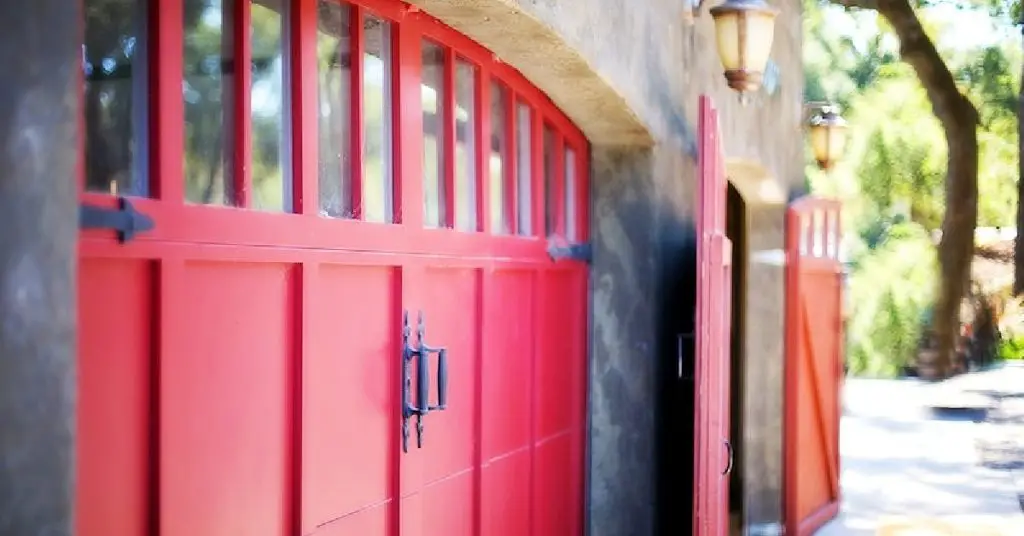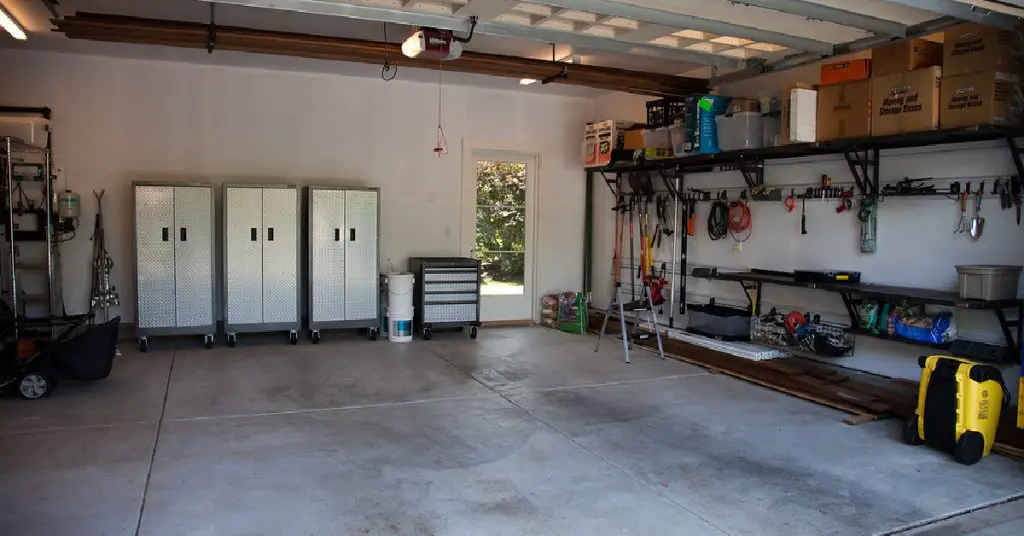Outdoor living spaces, such as patios and decks, have become increasingly popular for homeowners who enjoy spending time outside. Patio furniture plays a crucial role in creating a comfortable and inviting environment for these spaces. However, during off-seasons or when not in use for extended periods, properly storing your patio furniture is essential to maintain its appearance and functionality.
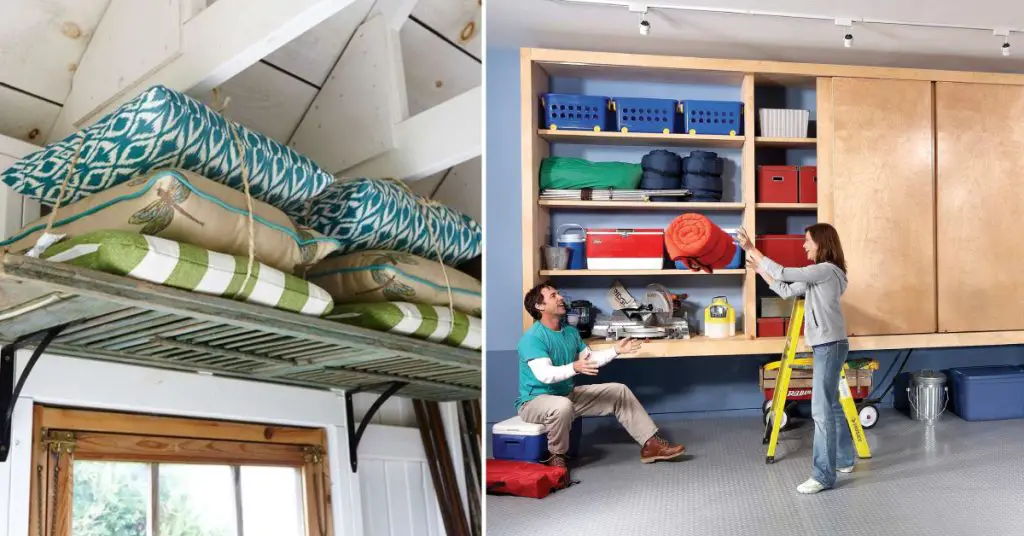
Storing your furniture in the garage is a practical solution that can help protect your investment and prolong the life of your outdoor pieces. In this blog post, we will guide you through a step-by-step process of how to store patio furniture in garage, ensuring that it remains in great condition for years to come.
Key Takeaways:
- Clean and disassemble furniture before storage
- Use vertical positioning and protective covers to maximize space
- Consider innovative storage solutions like slatwall systems
- Follow long-term storage tips for extended periods
3 Effective Steps for How to Store Patio Furniture in Garage
Here are the 3 effective steps for storing patio furniture in the garage:
Necessary Supplies
Before starting the process of storing your patio furniture, you need to gather all the necessary supplies. Having these on hand will ensure a smooth and efficient packing and storing process:
- Cleaning Supplies: A crucial step before storing your furniture is to clean it thoroughly. For this, you’ll need some warm soapy water, a soft brush or cloth, and possibly a gentle cleaning solution suitable for the material of your furniture.
- Disassembling Tools: Depending on your furniture, you may need some basic tools to disassemble larger pieces. These could include screwdrivers, wrenches, or hex keys, depending on your specific furniture pieces.
- Protective Covers: After cleaning and disassembling your furniture, you’ll want to protect it from dust and possible moisture. Protective covers or plastic wrap can be used for this purpose. Opt for breathable material if possible to prevent mold and mildew.
- Furniture Sliders/Casters (Optional): These can help you move heavy pieces without damaging your floors or straining yourself. They can also be helpful for easily moving furniture within your garage as needed.
- Storage Containers: For smaller items and loose parts (like screws or bolts from disassembled furniture), consider getting some storage containers or zip-lock bags. Label them clearly for easy reassembly later.
- Shelving Units: If you have cushions or smaller items, a shelf can be a handy way to keep these items organized and out of the way.
Remember, preparation is key to an efficient storage process, so gather your supplies ahead of time to ensure a smooth transition.
Step 1: Preparing Your Furniture for Storage
Now that you have gathered all your supplies, it’s time to prepare your furniture for storage. This preparation involves two critical steps: cleaning and disassembling your patio furniture.
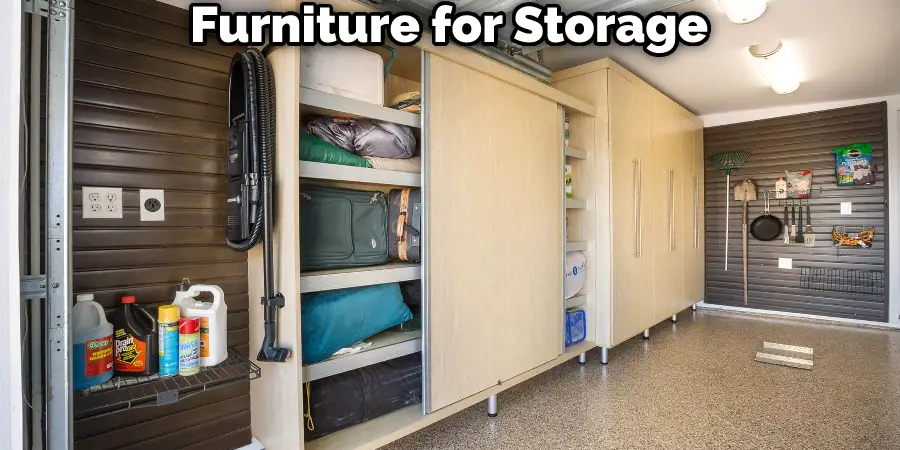
A. Cleaning Your Patio Furniture
The first step in preparing your furniture for storage is to clean it thoroughly. This step is essential because any leftover dirt, dust, or grime can cause damage over time, and it can also attract pests. Follow these guidelines for effective cleaning:
- Remove Loose Dirt: Use a soft brush or cloth to gently remove any loose dirt or dust from all surfaces of your furniture.
- Apply Cleaning Solution: Mix warm water with a gentle cleaning agent that is suitable for your furniture’s material. Use a cloth or soft brush to scrub all surfaces.
- Rinse and Dry: Rinse off the soap using clean water and then let the furniture dry completely. It’s essential to make sure your furniture is dry before storage to prevent mold and mildew growth.
B. Disassembling Patio Furniture
Disassembling your patio furniture before storage can save space and protect the furniture from potential damage. Here’s how to do it:
- Check Manufacturer’s Instructions: Before disassembling, it’s a good idea to consult the manufacturer’s instructions to prevent any damage. Some furniture may not be designed to be disassembled.
- Use the Right Tools: Use appropriate tools to carefully disassemble your furniture. Remember to keep all screws, bolts, and other small parts in a safe place for reassembly. Label them and store them in small containers or zip-lock bags.
- Handle with Care: Be gentle during the disassembly process to avoid damaging your furniture. If a piece seems stuck or difficult to remove, don’t force it.
By cleaning and disassembling your furniture, you are ensuring it is ready for safe, long-term storage.
Step 2: The Right Storage Techniques
Once your furniture is clean and disassembled, it’s time to store it properly. By using the right techniques, you can make the most of your garage space and protect your furniture from potential damage. Here are some strategies to consider:

A. Storing Large Pieces Vertically
For larger furniture pieces, such as sofas or long tables, storing them vertically can be a space-saving strategy. This approach also helps to protect the furniture from potential damage. Here’s how to do it:
- Wrap and Protect: Before standing your furniture up, make sure it’s wrapped and protected. Use furniture covers or blankets to prevent scratches or other damage.
- Positioning: Position the furniture around the edge of the garage. Ensure it’s stable and won’t easily topple over. If possible, avoid direct contact with the garage floor to prevent moisture absorption.
B. Storing Cushions
Cushions need to be stored separately from the furniture pieces to prevent mold and mildew growth. Here’s a simple way to store your cushions:
- Clean and Dry: Just like your furniture, ensure your cushions are clean and completely dry before storage.
- Shelving Units: A shelf in the garage is a simple and effective way to store outdoor patio cushions. It keeps them off the floor and allows for good air circulation.
C. Storage of Small Parts
When you disassemble your furniture, you’ll end up with screws, bolts, and other small parts. It’s important to store these properly so they don’t get lost:
- Use Containers: Use small containers or zip-lock bags to store these parts. Label them clearly so you know which parts belong to which piece of furniture.
- Keep Them Close: Store these small parts close to their corresponding furniture pieces. This way, when it’s time to reassemble the furniture, everything you need will be close at hand.

By using these storage techniques, you can maximize your storage space and keep your furniture in the best possible condition.
Step 3: Innovative Storage Solutions
In addition to traditional storage methods, there are innovative solutions that can help you store your patio furniture more efficiently. These can save space, make access easier, and provide extra protection for your furniture.
A. Introduction to Slatwall Systems
Slatwall systems are a versatile storage solution that can greatly help in organizing and storing your patio furniture. These wall-mounted panels have horizontal grooves where you can attach hooks, baskets, or shelves:
- Versatility: Slatwall systems can hold a variety of items, making them great for storing smaller pieces of patio furniture, cushions, or disassembled parts.
- Space-Saving: By utilizing wall space, slatwall systems help free up floor space in your garage.
- Easy Access: Items stored on a Slatwall system are easily visible and accessible, making it easier to retrieve and use your patio furniture when needed.
B. Other Smart Storage Ideas
There are other innovative storage solutions to consider, depending on your garage layout and the type of furniture you have:
- Ceiling Storage Racks: These racks can be installed on your garage ceiling, providing an excellent place to store lightweight items or furniture that is infrequently used.
- Furniture Dollies: For heavy pieces, consider investing in furniture dollies. These tools make it easy to move heavy furniture around without risking damage to the furniture or your garage floor.
- Storage Cabinets: For smaller items or cushions, storage cabinets can be a great way to keep everything organized and protected from dust or pests.
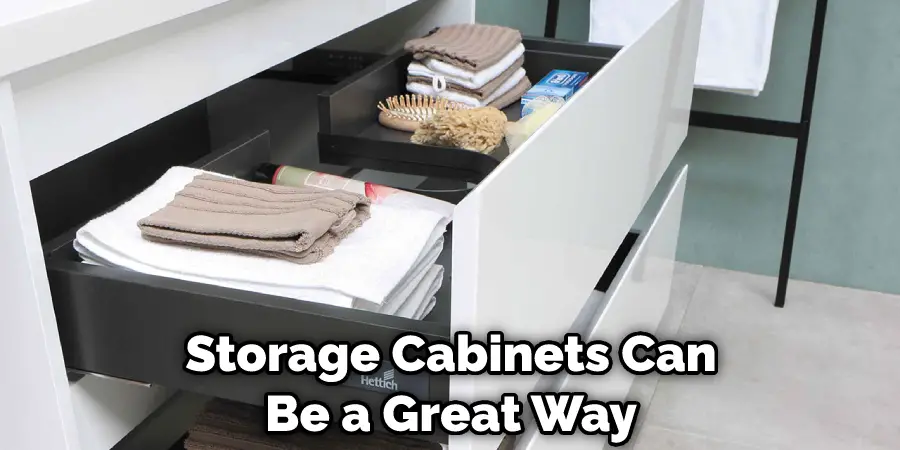
By integrating these innovative storage solutions, you can maximize your garage space and make storing and accessing your patio furniture a breeze.
You Can Check It Out to Store Books in a Garage
6 Tips for Long-Term Patio Furniture Storage in Garage
When storing patio furniture for extended periods, there are additional considerations to ensure that your furniture remains in top condition. Follow these tips for long-term storage:
- Climate Control: While garages often aren’t climate-controlled spaces, try to mitigate extreme temperatures as much as possible. Too much heat can warp and crack some materials, while excessive cold can make others brittle. A consistent, moderate temperature is best.
- Check for Pests: Regularly check your stored furniture for signs of pests like mice or insects. These pests can damage your furniture if left unchecked.
- Cover Your Furniture: Even inside the garage, it’s a good idea to cover your furniture. Dust and dirt can still accumulate over time, and a cover will provide an extra layer of protection.
- Regular Maintenance: Even when stored, your furniture may require some maintenance. This can include cleaning, tightening loose bolts, or applying protective sprays to certain materials.
- Avoid Stacking: Stacking furniture pieces can cause damage over time, especially for more extended storage periods. If space is an issue, consider installing shelving or other storage solutions to avoid stacking.
- Proper Positioning: Keep furniture away from garage doors or windows where it might be exposed to outdoor elements, like rain or sunlight, which can seep in.
By following these tips, you can ensure that your patio furniture remains protected and ready for use, even after extended periods of storage.
You Can Check It Out to Store Shoes in Garage.
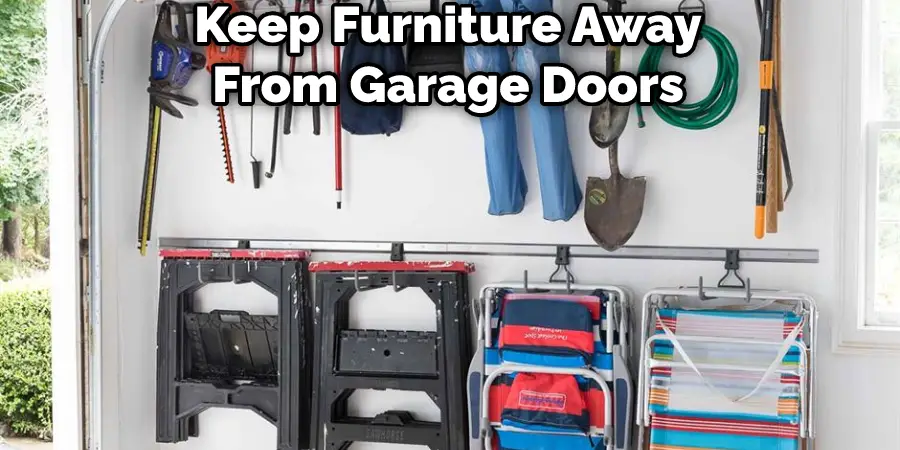
FAQs About How to Store Patio Furniture in Garage
Is Rain Bad for Patio Furniture?
Yes, rain can be damaging to patio furniture, especially if it is not designed to withstand harsh weather conditions or is made from weather-resistant materials. Exposure to rain, moisture, and other elements may cause damage to the furniture, such as discoloration, rust, rot, or mold growth.
Is It Ok to Leave Furniture Outside?
Yes, it is generally okay to leave certain types of furniture outside. Outdoor furniture made from materials like aluminum or synthetic rattan can withstand various weather elements such as snow, sun, rain, and hail. Teak wood is also a durable option that can be left outside, even during the winter months, due to its resistance to weather conditions. However, teak wood furniture needs to be sealed to prevent moisture damage. While it is possible to leave patio furniture outside in the winter, it’s crucial to properly protect and seal it. If your location receives heavy snowfall, it’s recommended to put the furniture in storage to prevent damage.
Can Patio Furniture Be Left Outside?
Yes, certain types of patio furniture can be left outside as they are designed to withstand various weather conditions. This includes aluminum, synthetic rattan, plastic, treated wood, and stone furniture. Synthetic rattan furniture is particularly suitable for outdoor use due to its resistance to weather and moisture, making it safe to leave outside even in winter. Treated wood furniture, including hardwoods like oak, acacia, and mahogany, can also be left outside thanks to their weather-resistant coatings.
You Can Check It Out to Store Wood in Garage.
Conclusion
Properly storing your patio furniture in the garage is an essential step in maintaining its appearance and prolonging its life. By following the steps outlined in this blog post, including cleaning and disassembling your furniture, using the right storage techniques, implementing innovative storage solutions, and following long-term storage tips, you can ensure that your outdoor furniture remains in excellent condition.
Remember that regular maintenance and care are crucial to preserving your furniture’s longevity. By taking the time to store your patio furniture correctly, you’ll not only protect your investment but also enjoy a beautiful and comfortable outdoor living space for years to come.

